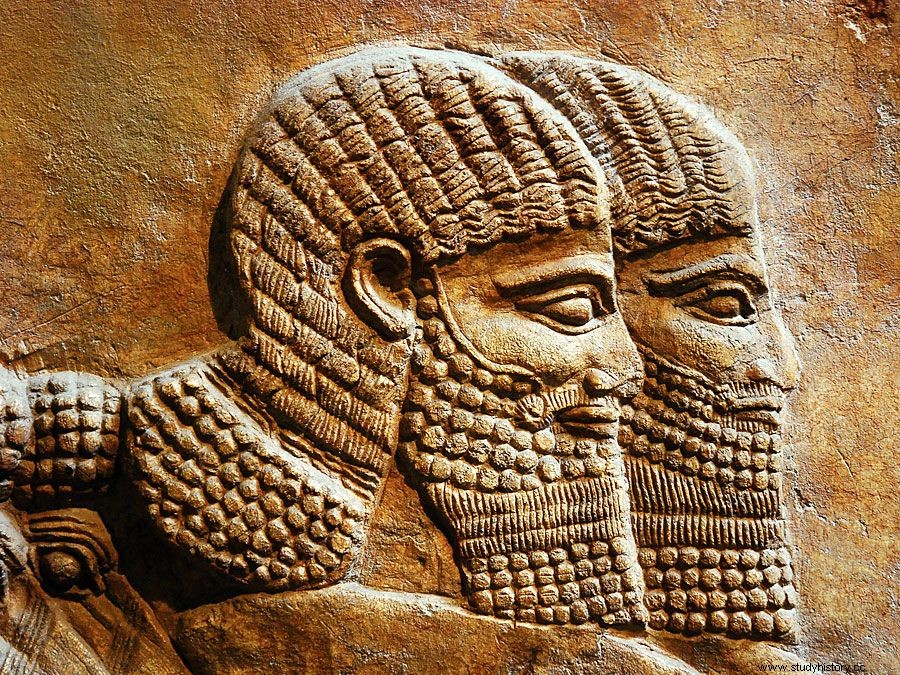Alaca Hüyük , ancient Anatolian site northeast of ancient Hittite Capital of Hattusa in Boğazköy, north-central Turkey . The excavation was started in 1907 by Makridi Bey and resumed in 1935 by the Turkish Historical Society. In a Sphinx Traces of a large Hittite building have been discovered. Below the Hittite remains was a royal Necropolis with 13 tombs from the year 2500 v . Although material from the same period at Alişar Hüyük ( see also ) seemed to be relatively primitive Community by farmers and traders . The tombs of Alaca Hüyük show considerable cultural achievement and refinement. While funerary pottery is comparatively primitive in style, there is ample evidence of the advanced achievements of Copper Age Metallurgy. Filigree ornaments ( see Photo ), jewellery, bowls, jugs and chalices of gold have been found, and gold leaf or gold wire has been used freely for ornament. Also depicted are vessels and ribbons made of silver, as well as bowls and statuettes made of copper or bronze. Female "idols" were included in the grave finds; These were probably early cult images of the typical Anatolian Mother Goddess .
 Britannica Quiz The Middle East:Fact or Fiction? Is the literacy rate very high in Afghanistan? Does Yemen take its name from the Arabic word "northern"? Sort the facts in this quiz about Syria, Iraq and other Middle Eastern countries.
Britannica Quiz The Middle East:Fact or Fiction? Is the literacy rate very high in Afghanistan? Does Yemen take its name from the Arabic word "northern"? Sort the facts in this quiz about Syria, Iraq and other Middle Eastern countries. Although the ethnic identity of the Alaca preliterates is uncertain, it is most plausible to assign them to the non-Indo-European population, which preceded the arrival of the people now known as the Hittites. Archaeological parallels can be found at Heinrich Schliemanns trojan treasures from Troy (stage II) and from the early Bronze Age on Cyprus.
